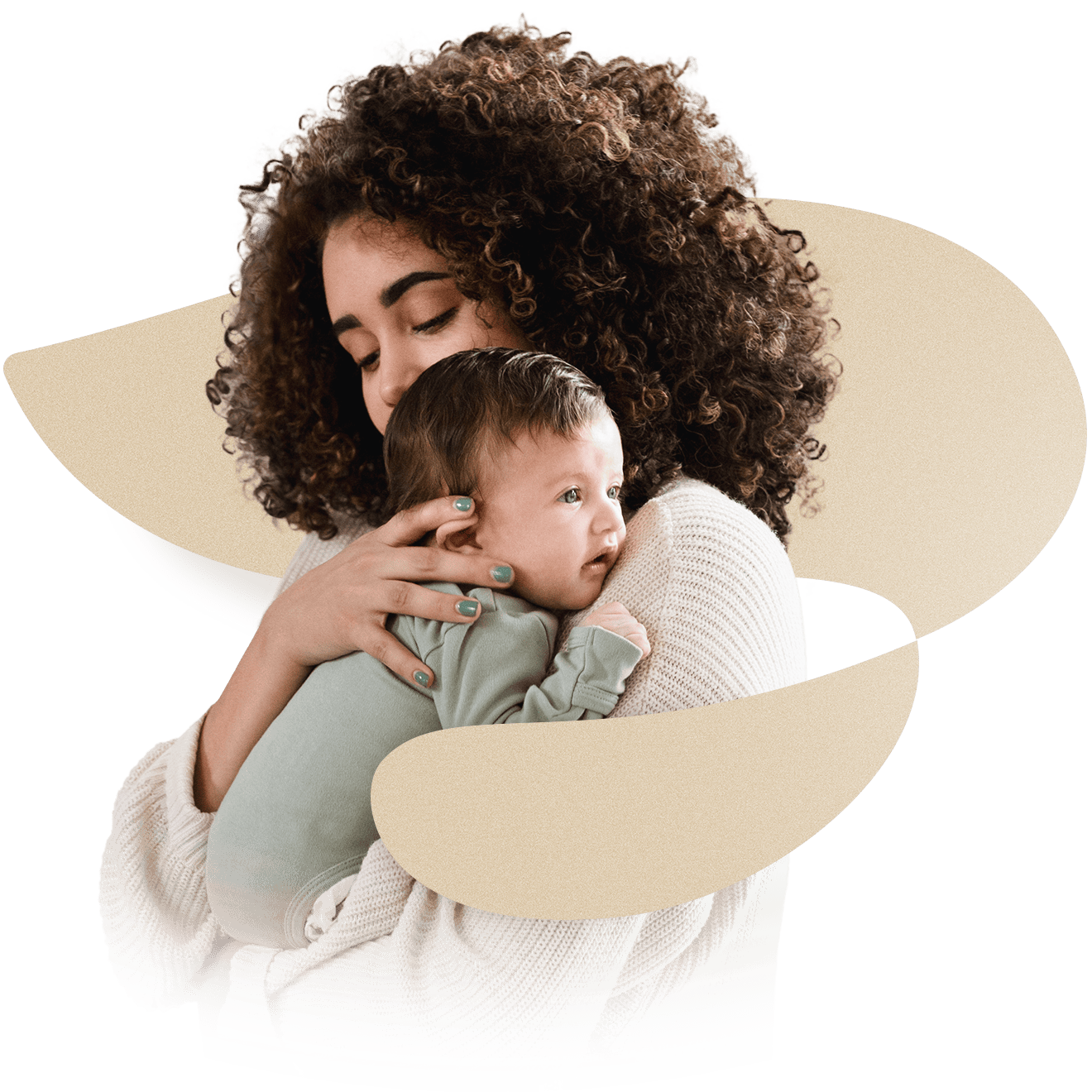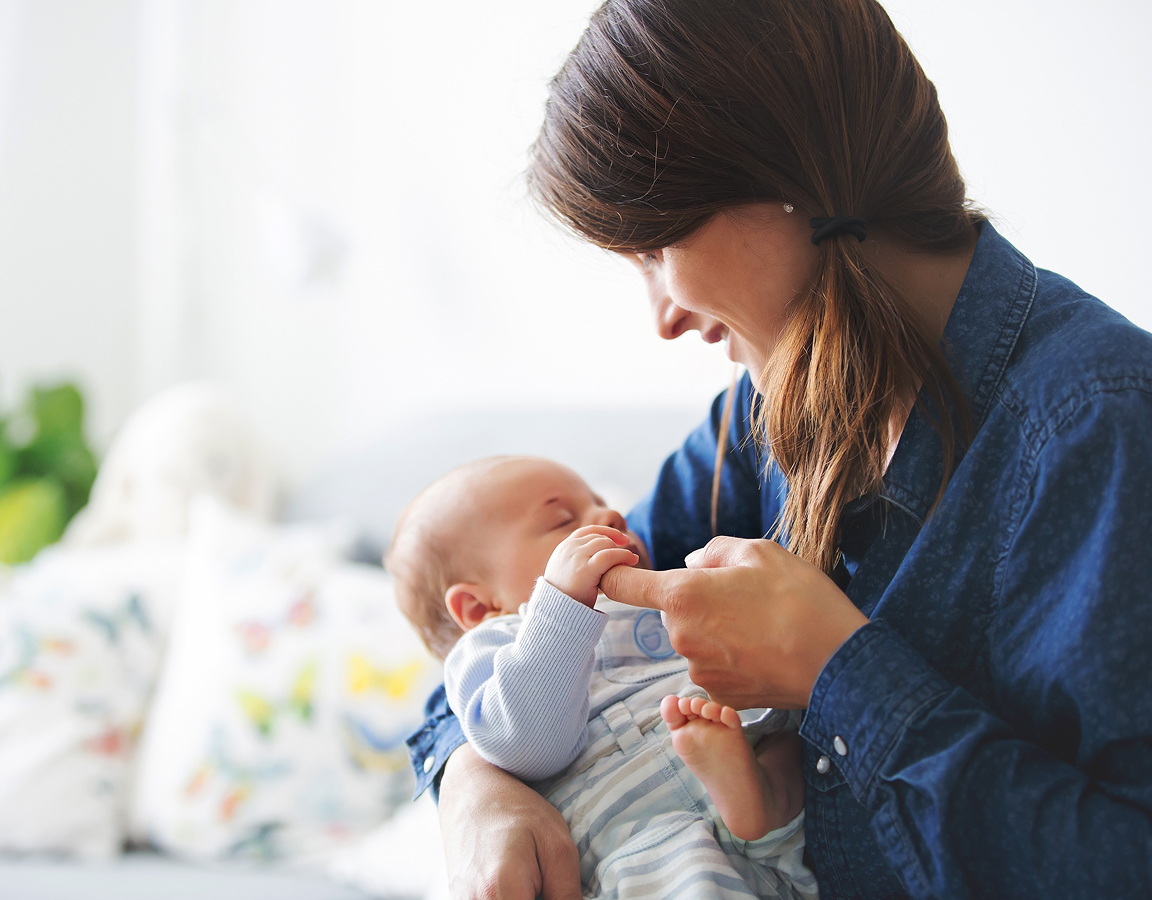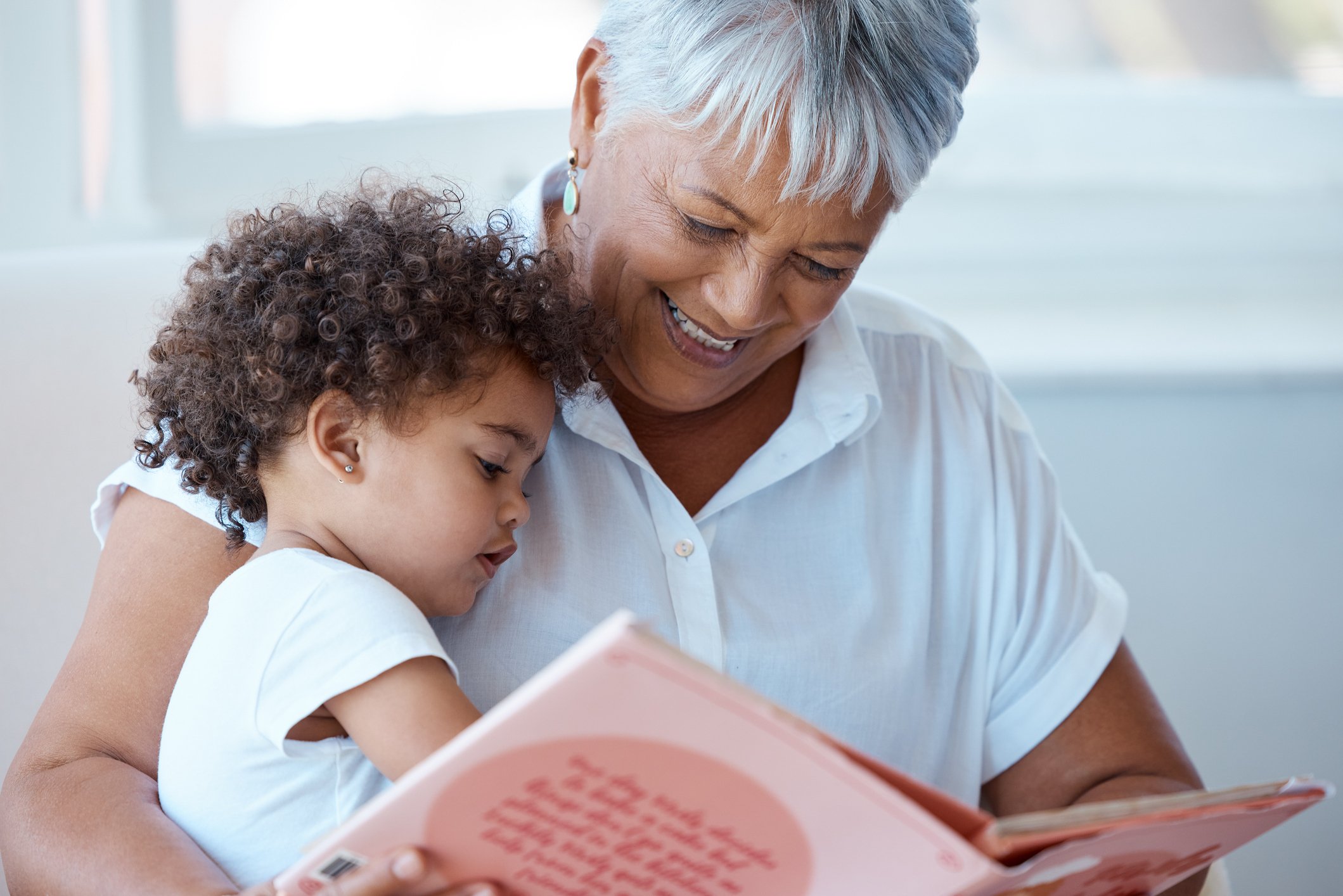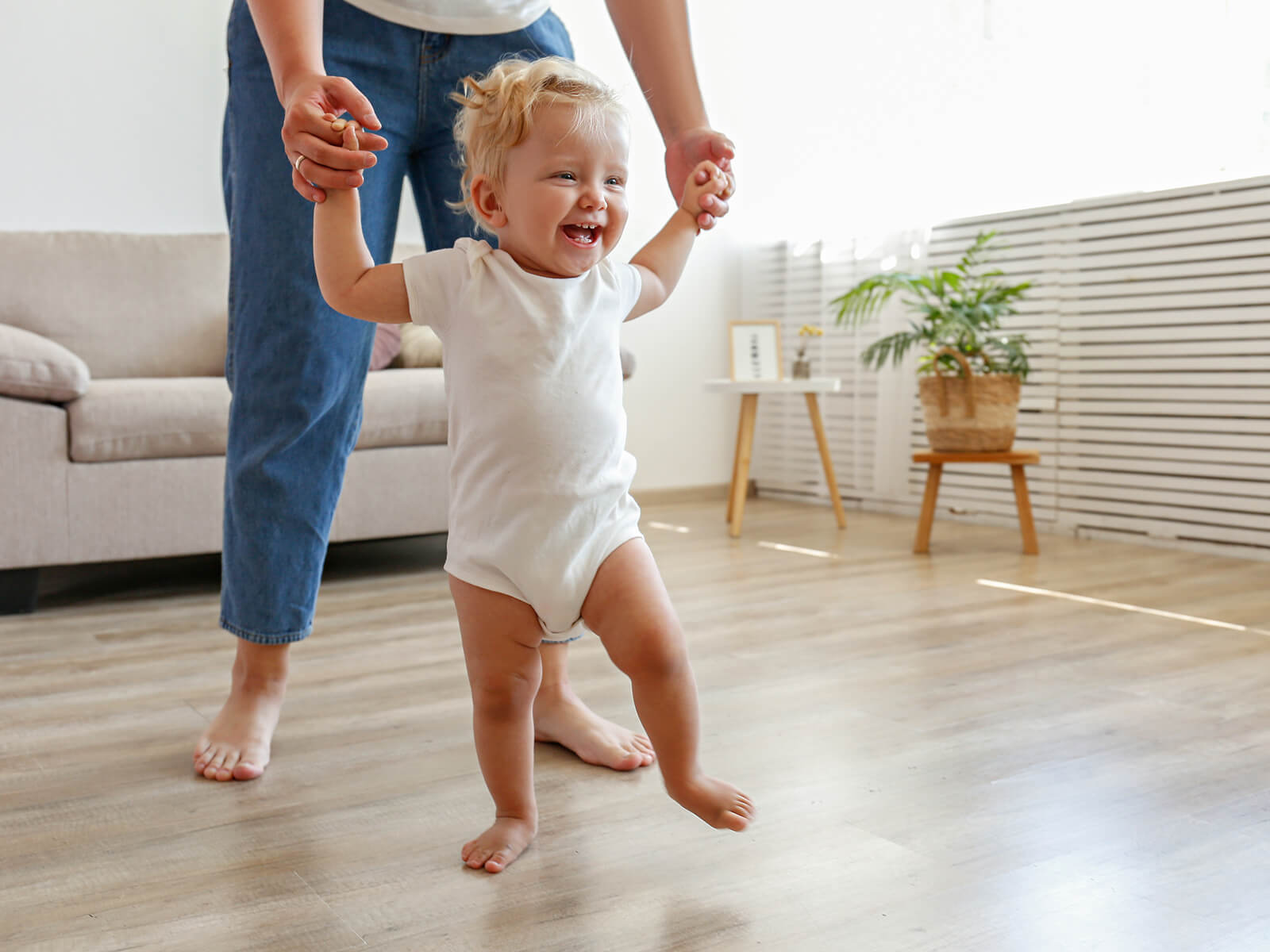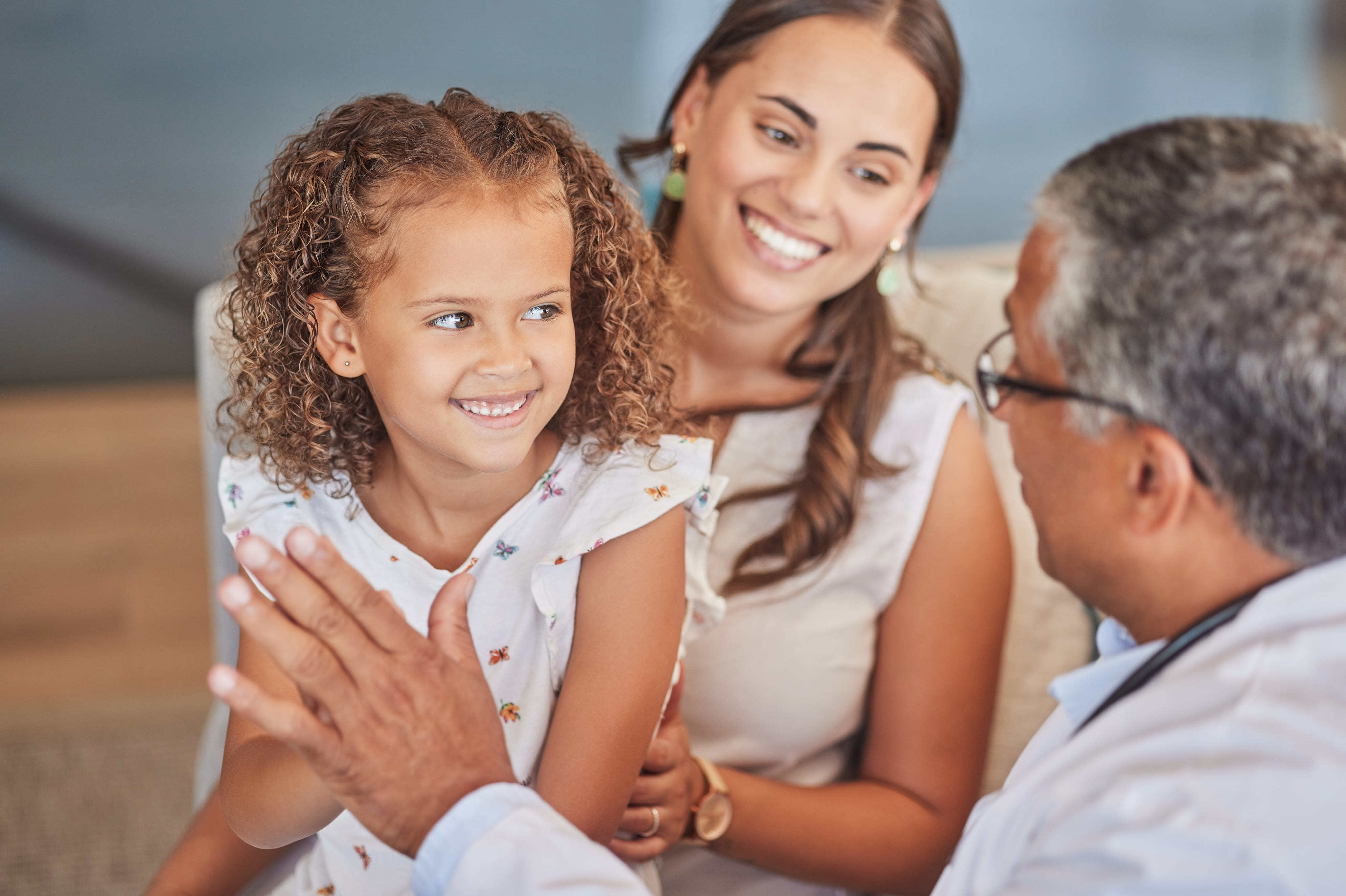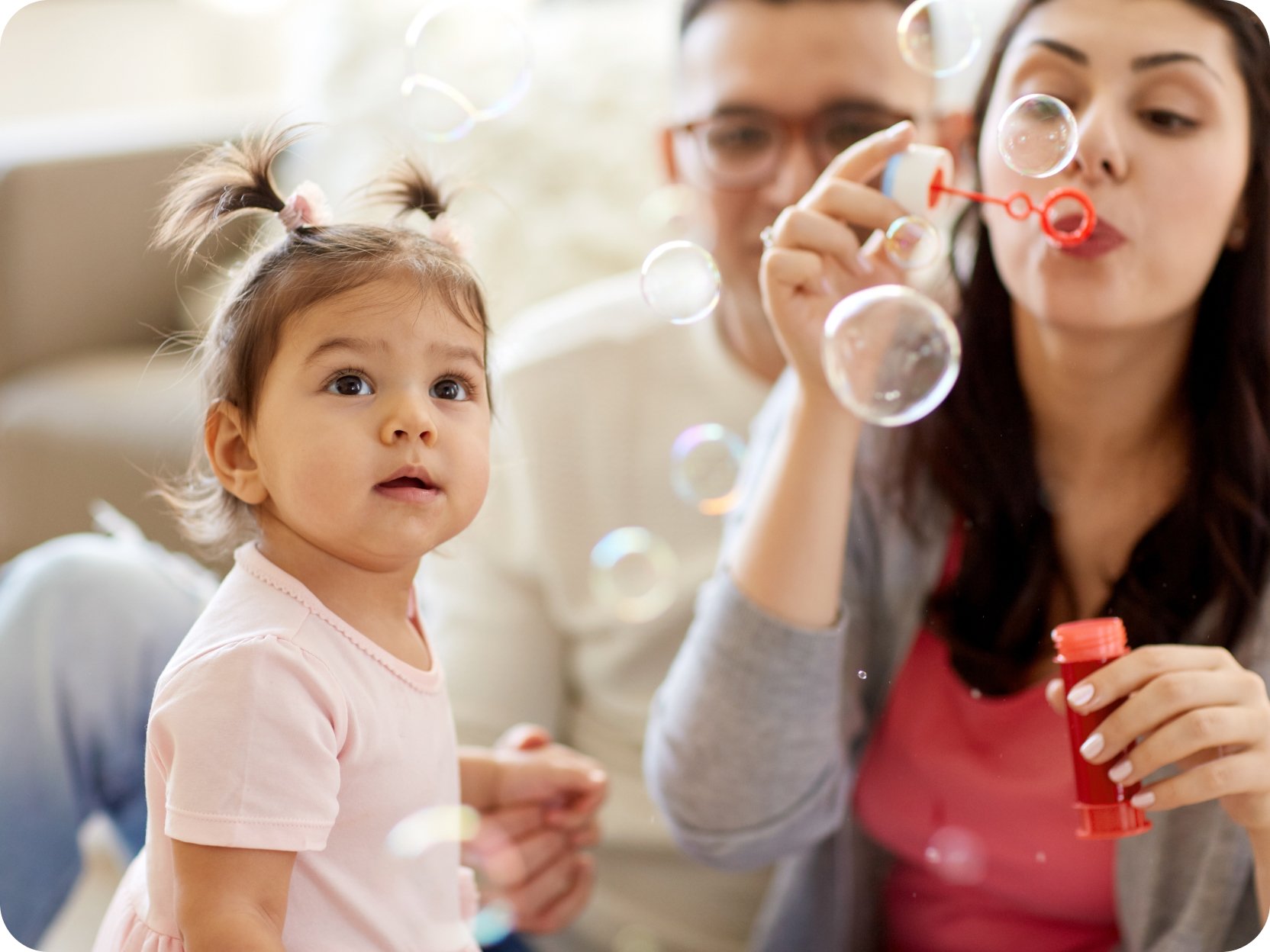
Featured, Health Tips
ADHD Symptoms Checklist for Parents: Does My Child Have ADHD?
If you’ve ever typed “how to tell if your child has ADHD” into a search bar at 2 a.m., you’re not alone.
Maybe your child’s teacher mentioned trouble focusing. Or maybe daily routines — getting ready for school, finishing homework, even taking a bath — have become constant battles. You want to understand what’s really going on, but with so much conflicting advice on social media, it’s hard to know what to trust.
Attention-Deficit/Hyperactivity Disorder (ADHD) affects more than 11% of children in the United States. Understanding its signs early can make a huge difference in your child’s confidence, friendships and long-term independence.
To help you cut through the noise, counseling psychologist Kimberly Christensen, PsyD, shares her expertise. Dr. Christensen diagnoses ADHD in children and provides treatment and parental coaching in her practice. Her approach focuses on reducing daily friction and helping families build healthier routines — so mornings are smoother, homework time is calmer, and kids can thrive both at home and at school.
In this article, Dr. Christensen will help you:
- Identify possible signs of ADHD in children using a practical checklist
- Understand how ADHD is diagnosed and treated
- Know what to bring up to your pediatrician if you suspect ADHD
Let’s take an honest, compassionate look at what ADHD can look like — and how you can support your child every step of the way.
ADHD Screening Checklist
If you’re wondering — “Does my child have ADHD, or is this normal behavior?” — start with these ADHD symptoms checklist. It’s based on a questionnaire Dr. Christensen uses with families. It highlights four areas in which ADHD can show up: space, time, objects, and people.
|
Space |
Time |
Objects |
People |
|
|
|
|
If you notice many of these behaviors in your child, bring them up to your pediatrician. Getting the right diagnosis can help your family better understand what’s going on — so your child can develop better habits sooner that will set them up for success.
Why Is It Called ADHD?
The name Attention-Deficit/Hyperactivity Disorder doesn’t always match the signs parents see. “ADHD is maybe not the best name because it’s really a challenge with self-regulation, self-awareness, self-motivation, self-evaluation, and self-language,” says Dr. Christensen. “It’s a stimulus-seeking disorder.”
Children may have trouble starting or completing tasks, experience difficulty understanding the appropriate action in a situation, or lack the self-talk that moves many people through their time and tasks. They might argue not because they want conflict, but because their brain thinks the stimulus of the argument is preferable to taking a bath.
At What Age can ADHD Be Diagnosed in Children?
ADHD is usually diagnosed in school-age children, between ages six and 12 — though sometimes as early as four.
“For ADHD to be diagnosed, it has to be happening in multiple settings, such as at school and at home,” says Dr. Christensen.
How ADHD Is Diagnosed
If you suspect your child might have ADHD, the next step is getting a professional evaluation. ADHD isn’t diagnosed through a single test — it’s identified through a thorough clinical process led by a qualified provider such as a pediatrician, psychologist, or other licensed mental health professional.
A proper evaluation includes:
- Detailed questions and interviews with parents, teachers, and sometimes the child.
- Observation of behavior across different settings — home, school, and play.
- Screening tools or checklists that measure attention, impulse control, and activity levels.
ADHD Treatment for Children
The American Academy of Pediatrics (AAP) recommends a combination of behavioral strategies, parent education, and medication — all personalized to the child’s age and needs.
1. Parent Education and Coaching
ADHD treatment isn’t just about the child, it’s about the family system. Dr. Christensen emphasizes that parent education and coaching are essential. This process helps parents understand how to “scaffold” skills — gradually transferring responsibility as their child learns.
“At first, you might brush your child’s teeth for them,” Dr. Christensen says. “Then they start brushing and you finish. Eventually, they brush independently. The same approach applies to routines, organization, and emotional control.”
Through consistent modeling, structure, and positive reinforcement, parents can reduce conflict and help their child gain independence
2. Medication
Research shows that medication can significantly help children with ADHD maintain focus, manage impulses, and use executive functioning skills (things like planning, remembering directions, and controlling emotions).
When prescribed and monitored appropriately, these medicines give children a valuable advantage during their foundational learning years.
“Young children are developing self-awareness, self-regulation, and early academic skills,” Dr. Christensen explains. “Medication often helps them regulate attention, behaviors, and impulse control so they can absorb what parents and teachers are teaching — how to read, how to make friends, how to build good habits.”
In other words, medication doesn’t replace effort. It supports learning and growth by making those skills more accessible.
3. Behavioral Strategies
Structured strategies can help children learn self-control, organization, and positive habits through consistent routines and reinforcement.
While medication supports focus and parent coaching strengthens the home environment, behavioral strategies teach kids how to manage their own behavior over time. These tools are especially powerful when introduced early, giving children a sense of mastery and confidence in their everyday routines.
Give Your Child the Tools to Succeed
If you think your child might have signs of ADHD, talk with your pediatrician. With early identification, evidence-based treatment, and ongoing parental support, children with ADHD can thrive — at home, in school, and beyond.




